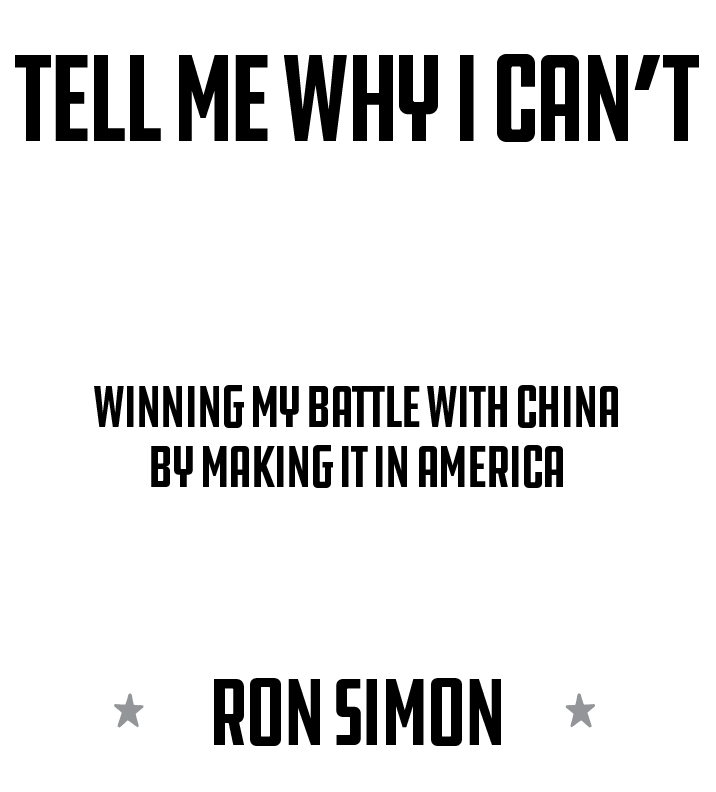
2021 R on Simon
Newport B each, CA
All rights reserved. No part of this book may be used or reproduced in any manner without written permission, except in the case of short quotations used for critical articles or review. Although the author and publisher have made every effort to ensure the accuracy and completeness of the information contained in this book, we assume no responsibility for errors, inaccuracies, omissions, or inconsistencies herein. Any brands, products, companies, and trademarks that appear in this book are stated for illustrative purposes only. Their mention in no way expresses explicit or implied endorsement or approval of the content in th is book.
ISBN: 978-1 - 952483-21 -9 (Ha rdcover)
ISBN: 978-1 - 952483-22 -6 (Trade Pa perback)
ISBN: 978-1 - 952483-23 -3 (eBook)
Library of Congress Control Number: 20925463
PRINTED IN THE USA
9 8 7 6 5 4 3 2 1
To my family, friends, and business associates
who have had a great and positive impact on my life.
Table of Contents

 PREFACE
PREFACE
W hen I began writing this book, my initial thought was to use the title At War with The Home Depot: A War Where Both Sid es Won .
My reasoning then was that throughout my professional career, like most businessmen, I had fought many battles with many customers, but none of them matched the intensity of the ones I fought with The Home Depot, which began around 1984, after it emerged as the behemoth of American home centers. With its unprecedented purchasing power among home improvement stores, the company created what I felt was a David-and -Goliath war with its sup pliers.
By then, I owned Perma-Bilt Industries, a bathroom cabinet manufacturer my dad, Sidney Simon, had started in 1949. He and I always had somewhat of a rocky relationship, so when my dad asked me to come on board in 1959, I reluctantly agreed, telling my wife at the time, I will give it two weeks.
My prediction proved to be wrong. Two weeks turned into two years, and after overcoming a very rough start, I took over management of that company in 1961. The wars we fought with The Home Depot were always tough, and with the rise of Asian manufacturers, the battles became even more punishing with only bigger ones t o come.
By 1987, I was totally burnt out and looking for an exit, which led me to sell controlling interest in Perma-Bilt , and this coincided with me being thrown out by Perma-Bilt s new owners, an Australian private equity firm run by extremely egotistical executives. Being cut out of the company I had built felt terrible at first but soon became a blessing in disguise. I used my retirement to recover and regroup from my exha ustion.
During that time off, I was developing a new company that would be successful doing business with the likes of The Home Depot. I was rejuvenated and more motivated than ever to do that, and so, in 1989, I started RSI Home Pr oducts.
While Ive always been ambitious, little did I know that RSI would become the worlds largest and most profitable kitchen cabinet, bathroom vanity, cultured marble countertop, and medicine cabinet manufa cturer.
What I was certain about at the time was that, in a clear case of sweet revenge, RSI would put Perma-Bilt and its domestic competitors out of business. RSI did exactly that, but more important, RSI blew the Asian manufacturers out of the water. We proved that, done right, US companies could outcompete foreign rivalsjust as RSI did with China, our first foreign competitor. RSIs ascent is one of my proudest life achievements and one that demonstrates the power of the American Dream.
But as I was writing my book, I began to see the limitations of the name, At War with The Home Depot. While I was proud of my accomplishments, my life was much more than the successes I had manufacturing and selling products to the giant retailer. So I scrapped the title.
Many of the qualities I needed to make Perma-Bilt and then RSI successful were ones I already had as a kid growing up in Los Angeles. Specifically, I have questioned the status quo from as early as I can remember. Whenever I heard, Ronnie, you cant... , my mind went rushing to figure out why I couldnt. And sometimes, I wound up doing things that got me in big t rouble.
Times were different in the 1930s, when I was born. If my own children would have done some of the Dennis-the - Menace-like pranks I did growing up, I would have really punished them. My parents certainly did let me have it when they found out about my sneaky antics, but that did not stop me. My unrelenting curiosity and questioning everything developed decades later into a creative force beyond anything I could have ever imagined back when I was a kid driving my parent s nuts.
One of my main goals of writing this book was to leave a legacy for my children, grandchildren, and future generations. I also wanted to pay tribute to those whom I worked with throughout my career. And I wanted to inspire the hard-working men and women who are part of the Simon Scholars program. From 2003 to 2020, that program has provided over sixty million dollars in scholarships to more than 1,400 underserved students. And based upon past performance, over 90 percent of Simon Scholars will graduate from a four-year college or university. Our students have earned degrees from our nations most elite institutions of higher edu cation.
During these times of rapid changes in an unstoppable global economy, I also wanted this to be a testament to the power of free trade and a clear argument against protectionist measures that reward corporate laziness, slow innovation, and worst of all, hurt con sumers.
I felt the best way to do this was to tell the story of my life on my terms, rather than have an account based on someone elses perspective on what I did and why I did it. Maybe a biography will show up in the future. If there should be one, I hope its from someone I trust and who knows m e well.
Also, as one ages, ones memory begins to fail, so I decided to write this book now while I sti ll can.
In the following chapters, youll read about my journey. Well start with my childhood because those formative years prepared and led me to take the entrepreneurial path I would eventually travel throughout my adul t life.
Given the current global trade debate and doubts about Americas competitiveness and status in the world that make headline news every day, the story of RSIs rise is one as relevant today as it was three deca des ago.
 CHAP TER ONE
CHAP TER ONE
Our Neighborhoods Own Dennis th e Menace
W hen I was in my forties, I enjoyed vacationing in Acapulco. If youve ever been there, youve seen the big gap between rich and poor. Either the locals have money to lead a comfortable life, or theyre living in abject poverty. Theres not much in the middle.
As a tourist, youre often approached by poor people peddling you stuff. Sometimes kids that couldnt be older than seven or eight are chasing after you with scarves, handbags, wallets, an d more.

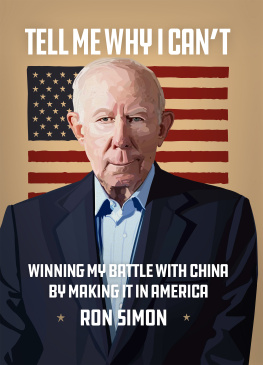

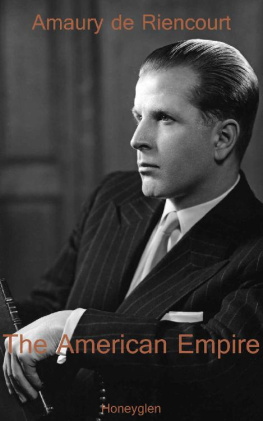

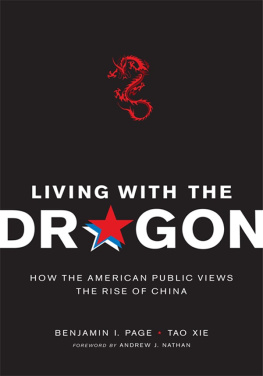
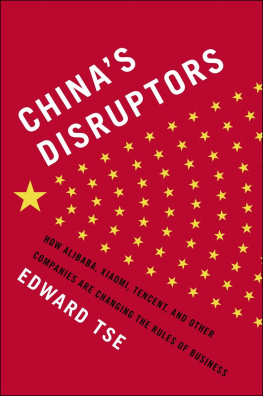
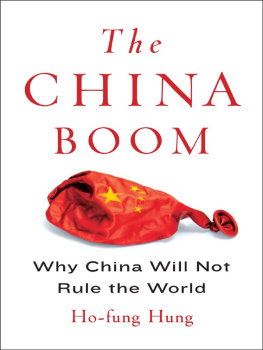

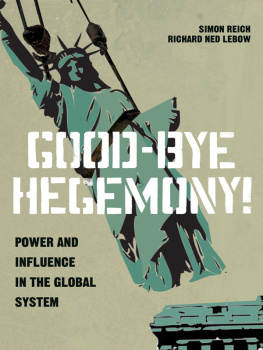
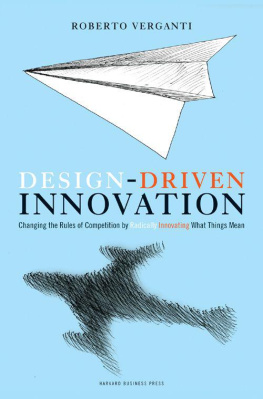



 PREFACE
PREFACE